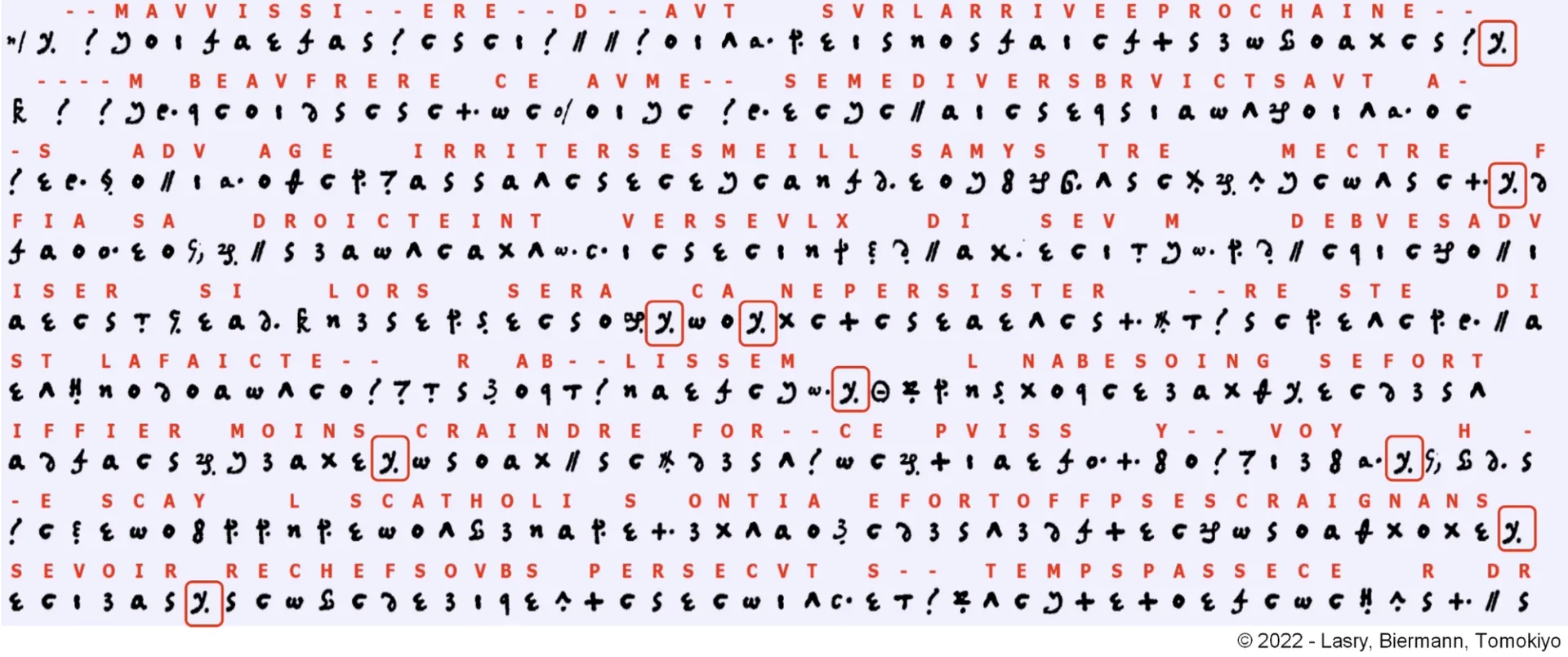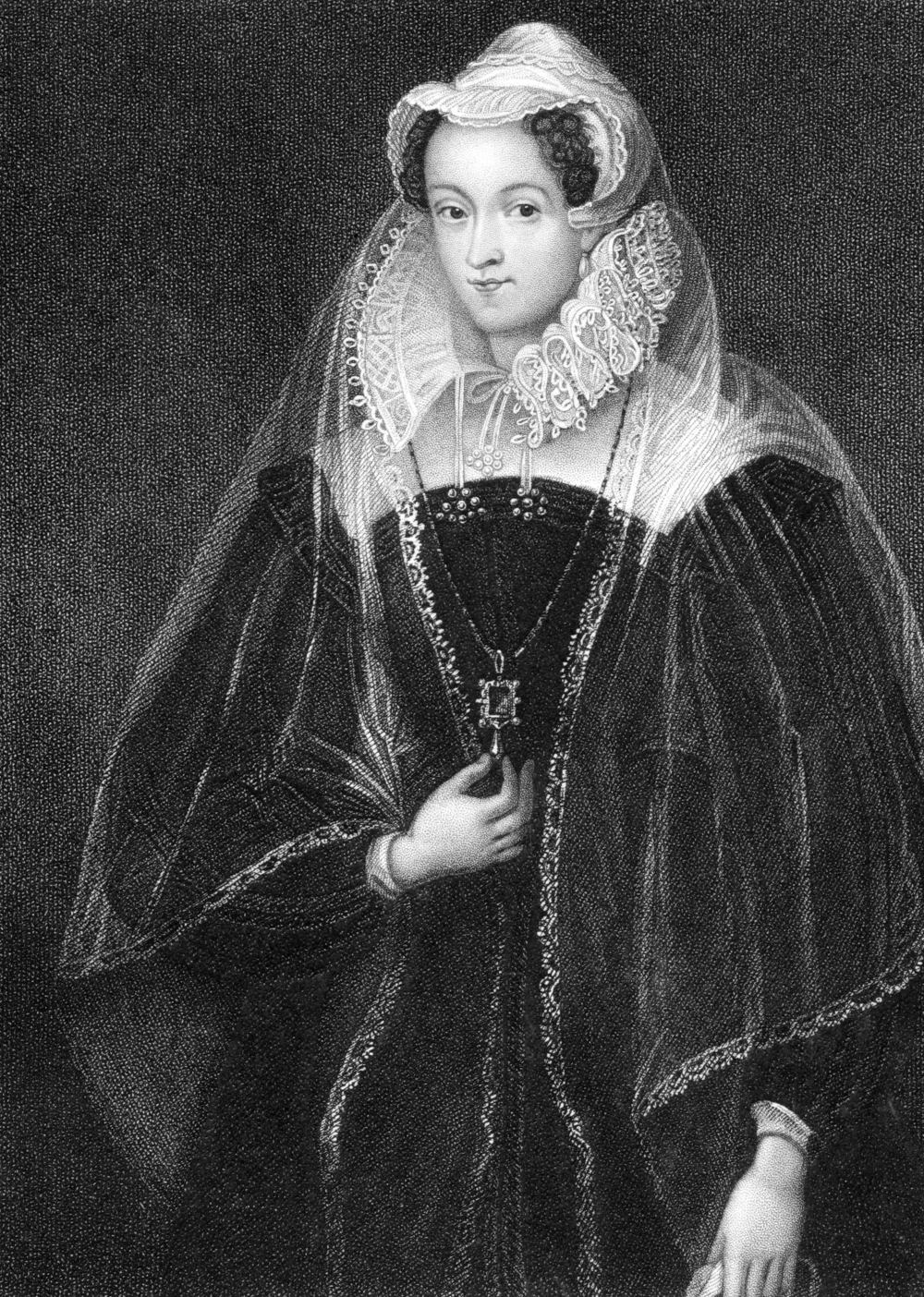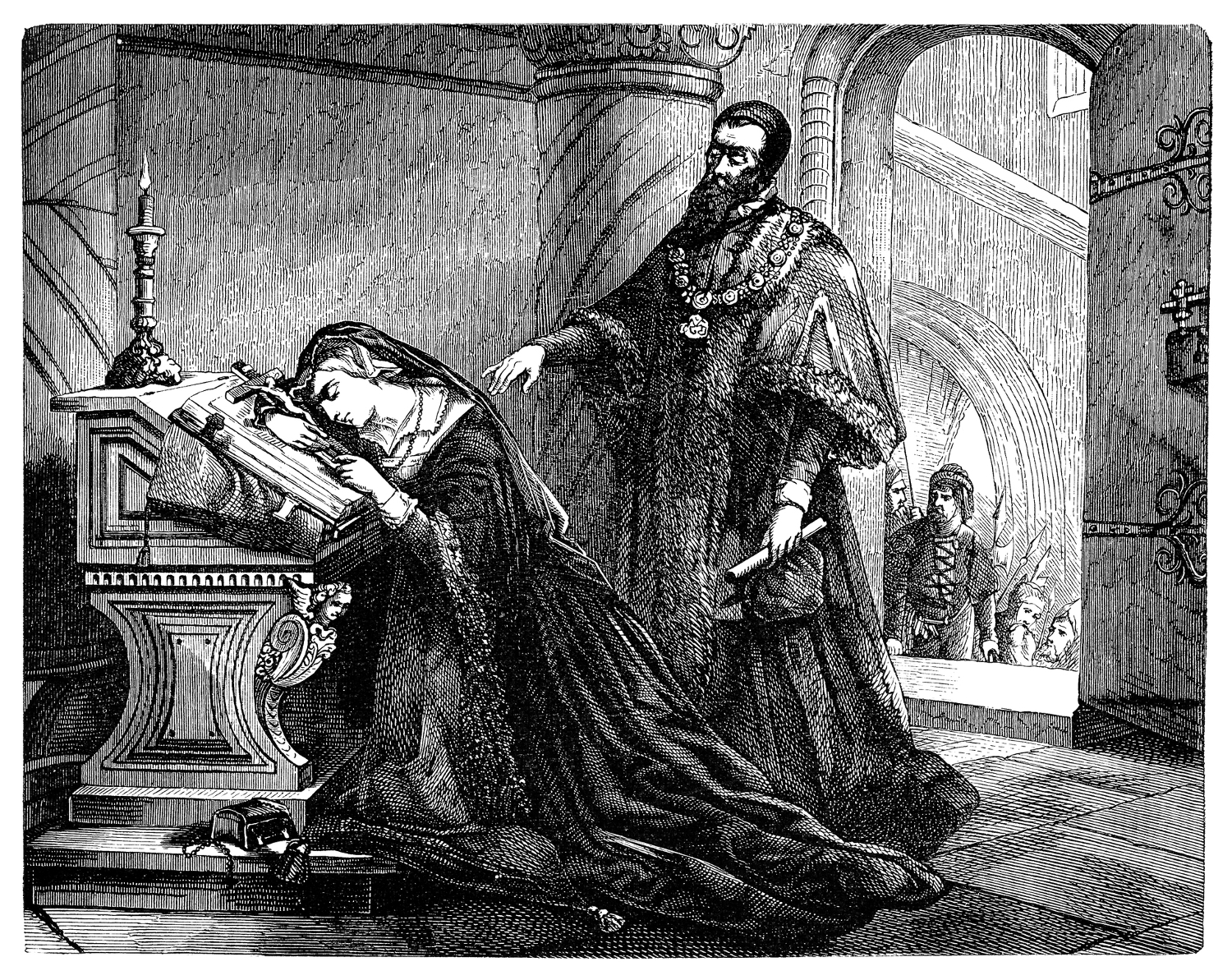
Researchers have discovered and cracked over 50 coded letters written by Mary Queen of Scots between 1578 and 1584 while imprisoned by her cousin, Queen Elizabeth I.
Header Image Credit: © Lasry, Biermann, Tomokiyo
The letters cast light on Mary’s poor health, the conditions in captivity, the abduction of her son (the future King Jame I), and negotiating of the terms of her release. They also detail the work of Elizabeth I’s spymaster, Francis Walsingham, further discussing plots, schemes and espionage in the latter part of the 16th century.
George Lasry, Norbert Biermann, and Satoshi Tomokiyo formed the research team who deciphered the letters at the Bibliothèque nationale de France in Paris, where the collection is being held. They described it as “the most significant discovery of letters from Mary Stuart in recent years.”

Mary I (1542-1587) on engraving from 1823. Queen of Scotland during 1542-1567. Engraved by W.T. Fry and published in Lodge’s British Portraits.
The findings were published in Cryptologia. Initially, it was thought the letters traced back to Italy, and there was no connection to Mary Queen of Scots.
“The code is quite elaborate, and it took us a while to crack it,” the researchers continued. “But after a while, we started to see some plausible fragments of text in French. From those fragments, it emerged that the writer was in captivity, had a son, and was a woman, which could match Mary Stuart.
“The definitive clue was the mention of Francis Walsingham, Queen Elizabeth’s first secretary and spymaster, who is well known for having spied on Mary during her captivity.”

Illustration of The last moments of Mary Stuart, Queen of the Scots, before being beheaded, 8th February 1587 at Fotheringay Castle, Northamptonshire, England
Lasy, Biermann and Tomokiyo used a combination of computerised and manual code-breaking techniques, finding that “multiple symbols could represent a single letter or syllable, and that others represented names, places, and months.”
There were also errors discovered in Mary’s code, likely because the imprisoned monarch used different systems to correspond with different recipients.
Most of the correspondence is written in French and addressed to France’s ambassador in London, Michel de Castelnau. While historians knew about this secret channel of communication between the pair, the letters date back to May 1578 – earlier than experts previously believed it was established.
The letters were discovered while researchers looked through the French library’s online archive.




